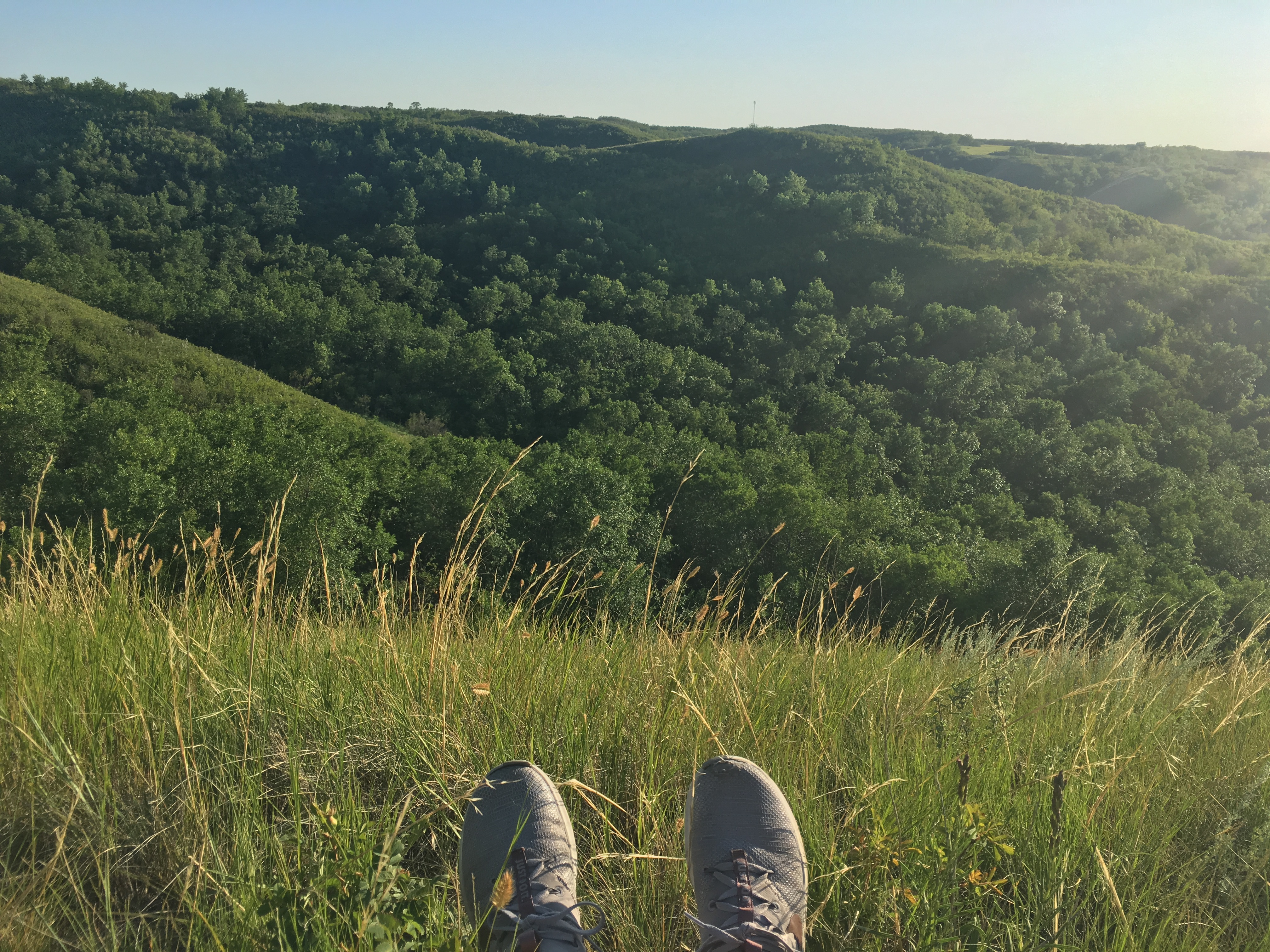"Finding Inspiration"
- kaitlynflis

- Nov 15, 2020
- 4 min read
Ever sit there and hope for something inspirational to show up right in front of you? Or have people asked you what inspired you to create a piece of artwork? This isn’t always as straight forward of an answer as people might expect. Every artist will find inspiration in different ways. For me, inspiration is not one exact thing that sends me straight to my box of pastels to actively create at the easel. Rather it is a combination of feelings, factors, moods, images, and interests. I would sum all of these into three categories: space, mood, and references.
Space

Space is about the physical location in which you create your artwork. I find it essential to have a creative space where I can just let loose, with no judgement. My space, though small, has evolved over the years from being half my bedroom as a teenager to a dedicated studio space within my home. Even with the seasons my space will switch from indoors or outdoors. The size of the space doesn’t matter, what is important is what is within the space. My walls have artworks, quotes, photos of friends and family, and reference photos for future use; there are even a few paint splatters on the walls. All my supplies are here and easily accessible. I can leave everything as is when I have to stop mid project. This is my space, even though it tends to be messy, it works for me. Build your own creative space, whether it be a den, closet, half the kitchen table, large studio or outside in a park. This is the space where you feel safe and at home, can let your creativity flow, and be inspired.
Mood:
Mood is crucial in painting. Have you ever noticed how your mood can affect which colours are used or which type mark making you put on the paper from one day to another? I have used the same reference photo and created two completely different pieces of art, only one week apart. This was an eye opening exercise as to just how much mood can affect how artwork is created. To put myself into a creative mood I take a few actions, one: I put on some music (the genre is always changing), two: make a cup of tea (or maybe pour a glass of wine), three: become present in my creative space. External factors contribute to mood as well. The weather cannot be controlled, nor how crazy of a day it was at work or with family so I just roll with these mood affecting factors and perhaps I will be inspired to add something unique to my style. Zentangle is a good calming creative exercise for those days when you are looking for inspiration to create but struggle to focus. Extra mood boosting points when one of my pets lies at my feet while I paint. Try a few different tactics and learn what gets you into the mood or mindset for soft pastel painting; this will lead to finding inspiration.
References:

Lastly, and perhaps the most obvious category to finding inspiration is the reference. This can be a photo, a favourite spot, someplace you visited, an animal or person, something seen in a dream, or a combination of the aforementioned, just to name a few. Whatever the reference may be, make sure it inspires YOU. I am much more inspired to not only sit down and actively create (instead of just sitting there staring at my easel) when I select references that inspire me. This also shows in the quality of my work. It is evident when artists are inspired and invested in there composition compared to when something is created because they think it is what other people want to see. I tend to select subject matter of items that make me happy such as my dog, flowers from my garden, and the many varieties of the Saskatchewan, Canada prairie scenery. Find that reference or combination of references that you connect with in a way for the feeling or atmosphere that you want to convey in your paintings. Keep in mind that what inspires you now, can change and evolve over time just as you will as an artist.
In summary, inspiration cannot be found in one specific way or thing. Inspiration is found as the result of many internal and external factors and components that will be different for every artist. Jotting down notes in a sketch book about how you found inspiration while creating a certain painting or on a certain day can be helpful to look back on in the future. These notes may lead you to that inspirational space, help you get into that certain mood that allows you to find the focus and mindset to create, or might remind you of that combination of references that sparked inspiration within. It may also assist in answering that ever common question, “What inspired you to create this piece?” Dig deep, discover your unique feelings, factors, moods, images, and interests that lead to finding your inspiration. As a result, your art will inspire others.
Kaitlyn Flis














Comments